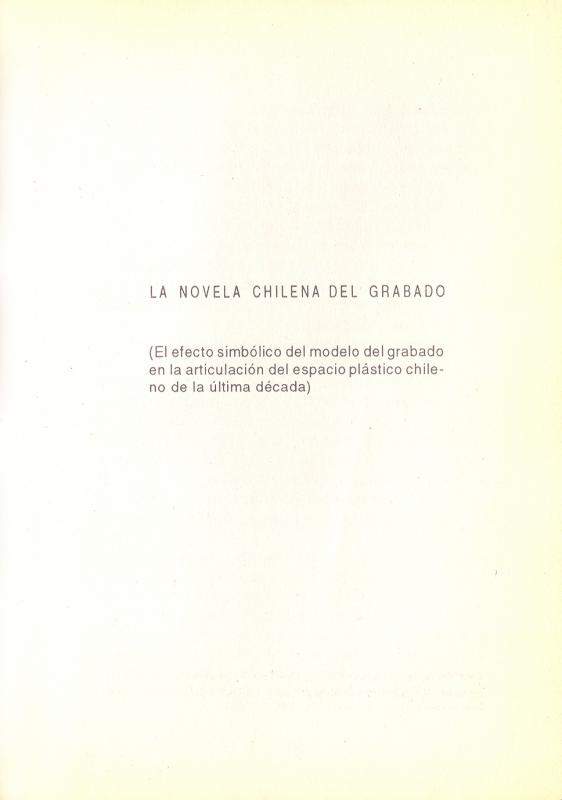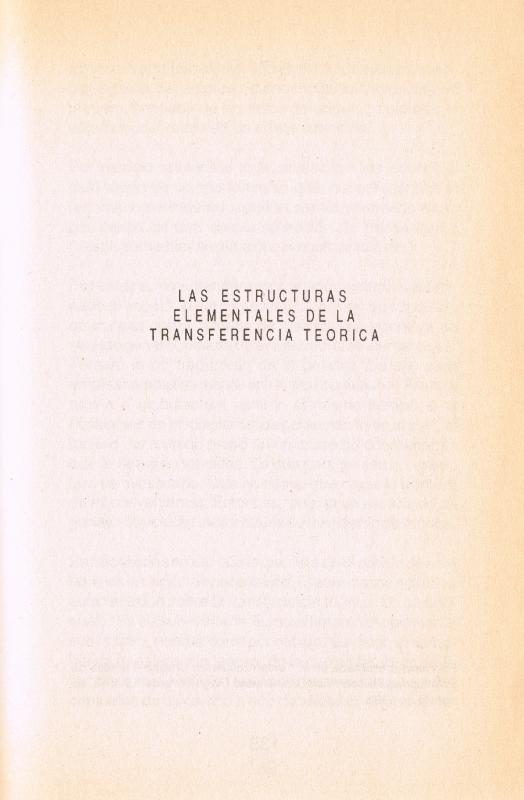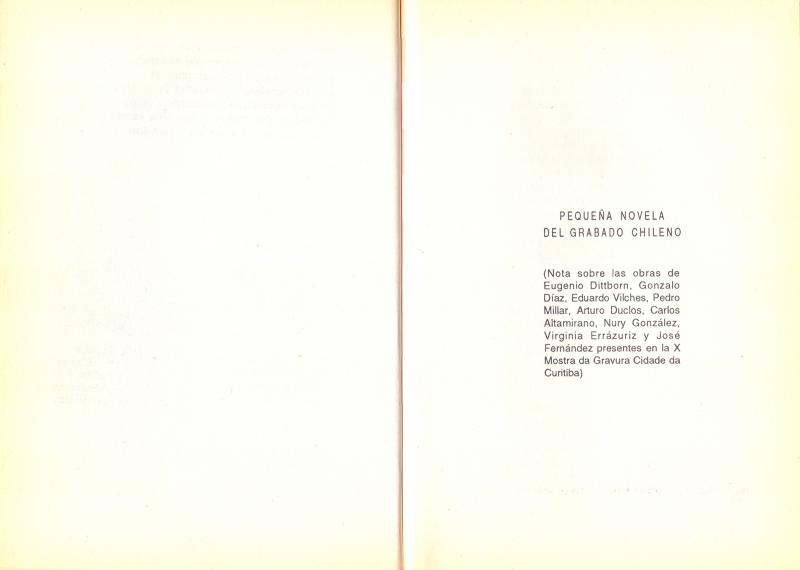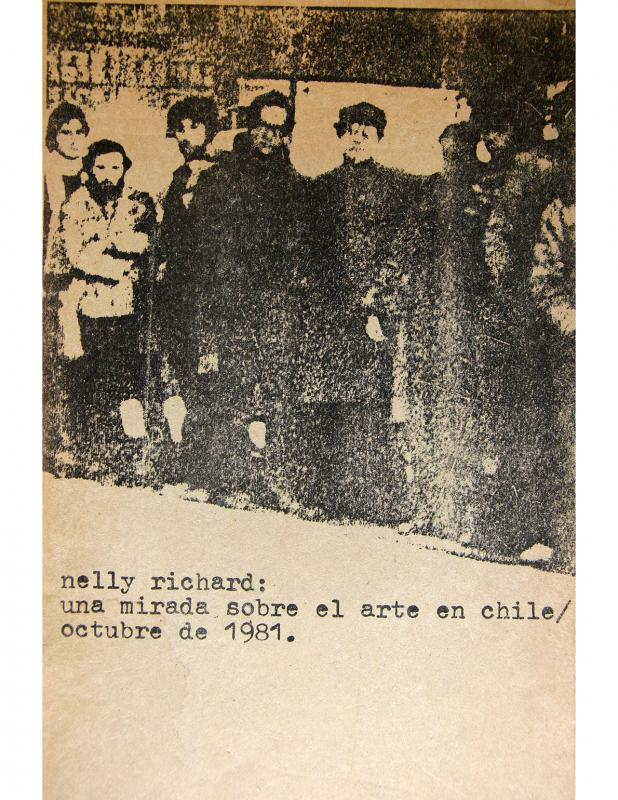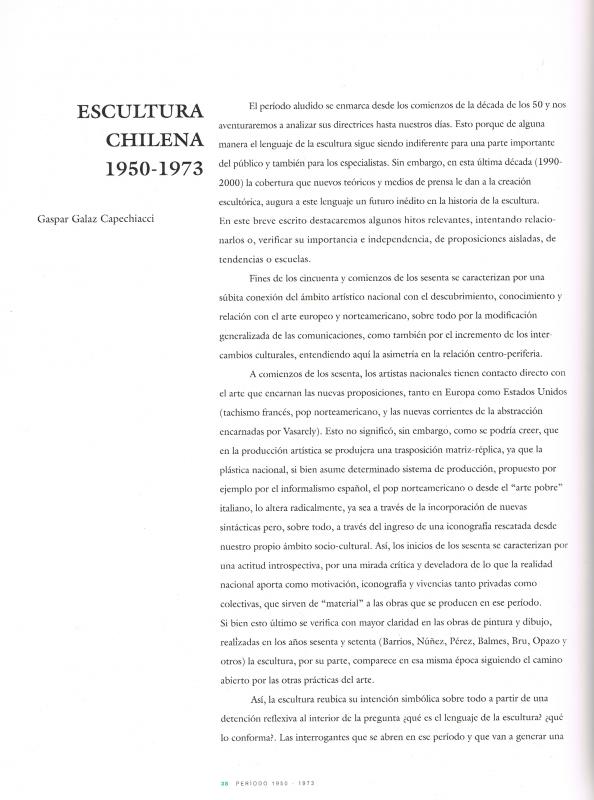“Un caso de producción de identidad artística” [Producing an Artistic Identity] (1991) is the text of a lecture given by the art critic and curator Justo Pastor Mellado (b. 1949) at the Simposio Identidad Artística y Cultural de América Latina at the Memorial da América Latina in São Paulo, Brazil. The text later appeared as the first chapter in his book La novela chilena del grabado [The Chilean Novel About Printing] (1995). The book suggests that Chilean art history should be viewed through a prism of printing in order to foster a body of criticism of the pictorial work that defines Chilean modernity. Mellado refers to various concepts in support of his suggestion, including the idea of “transference,” meaning connections or tendencies that facilitate the transfer of concepts from one field of knowledge to another. He mentions two main instances in Chile when a transference of artistic information took place. The first of these involved José Balmes (1927–2016), who reorganized the visual arts in the 1960s. The second involved the work of Eugenio Dittborn (b. 1943), who, in the late 1970s, developed the “Dittborn System” that was based on an “acceleration of information and a deferred conceptual soundness.” According to Mellado, painters during the republican period (who laid the foundations of Chilean painting) sought to illustrate historical discourse; modern painters, on the other hand, preferred a sort of “non-illustration.” [See other chapters from Pastor Mellado’s book in the ICAA Digital Archive: “La novela chilena del grabado” (doc. no. 736035); “Las estructuras elementales de la transferencia teórica” (doc. no. 736043); and “Pequeña novela del grabado chileno” (doc. no. 736031).]
Mellado reviews Chilean art from a teleological and fiercely autonomous perspective, comparing his views with two other opinions: Escena de Avanzada, by the cultural critic Nelly Richard (b. 1948) and the theory expressed by the art historian Gaspar Galaz (b. 1941) on the subject of “out of the frame,” as in the work of Francisco Brugnoli (b. 1935). The Escena de Avanzada was the name given to a group of neo-avant-garde artists and their practices, artists who challenged art, its production methods, and contemporary political-social conditions. It was the source of an unofficial art that sought to stimulate critical awareness and a commitment to resistance that could unseat the dominant culture. “Out of the frame” is how Galaz referred to the work Brugnoli produced in the late 1960s, when he was experimenting with incorporating objects into paintings and installations. [For more about Richard’s and Galaz’s work, see: “Una mirada sobre el arte en Chile” (doc. no. 730121) and “Escultura chilena” 1950–1973 (doc. no. 757161), respectively.]

